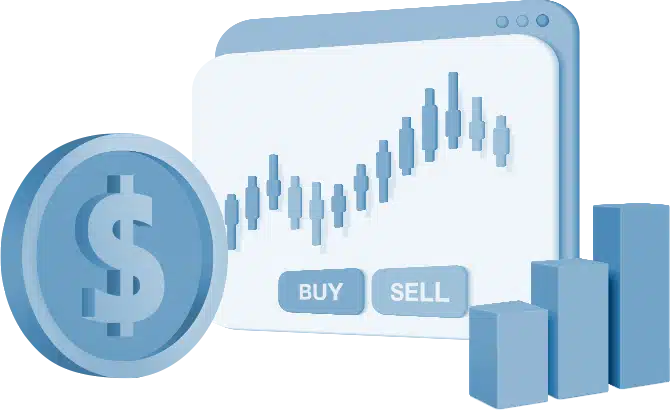US indicators

There are a number of Economic Indicators out of the United States. After all, this is the world’s largest economy. Here are some of the most widely watched indicators you must be aware of.
| NAME | DESCRIPTION | DATE |
|---|---|---|
| Non-Farm Payrolls | Total number of paid US workers excluding government and farm employees. | Released first Friday of every month. |
| Trade Balance or US Trade Deficit | Is the total difference between exports and imports. | Released every month on the 10th at 8:30 EST. |
| CPI (Consumer Price Index) | Uses a basket of good to gauge inflation. Does not include food and energy. | Released every month on the 15th at 8:30 am EST. |
| Manufacturing ISM Report | A report of manufacturing within US factories and is released by the institute for supply management. | Released every month on the first business day at 10:00 EST. |
| Michigan Consumer Confidence | Is a gauge that measures consumer confidence in the US economy. This survey is based a monthly survey of 5,000 US homes. | Preliminary report released on the 15th day of every month. On the final Tuesday of the month, the final report is released. |
| GDP (Gross Domestic Product) | The total output of goods and services produced in the country. Quarterly and yearly numbers released. | Every month the quarterly data is redone and released to the public at the end of the month. |
| New Orders For Durable Goods | Shows what durable goods orders are placed with manufacturers for both immediate and deliveries in the future. | This indicator is seasonally adjusted. |
| PPI – Finished Goods | Measures inflation at the producer level. This does not include services. | Around 15th every month. |
| US Unemployment Rate (%) | The number of those unemployed in the US, given as a percentage (ratio). | First Thursday every month. |
| Residential Building Permits | These are new homes constructions that have been given permits to build. Both for single and multi units. | Third Tuesday Every month. |
| Industrial Production | Measures production in US factories, mines as well as utilities. Measures capacity, available resources and growth. | Third Tuesday of every month. |
| Housing Starts | The actual number of new home construction in the US. | Around the 17th of every month. |
US indicators FAQ
- What are the key economic indicators in the US?
Like most of the world’s economies the U.S. has its most important economic indicators. The GDP reading is always important since it measures overall economic growth, but market participants often look to other indicators based on the current situation. The non-farm payroll report has become increasingly important as an economic indicator for the U.S., with investors all across the world anticipating this data when it’s released each month. Inflation data has also increased in importance due to the influence it has on the central bank monetary policy.
- What is the best indicator of the U.S. economy?
The gross domestic product, or GDP, is considered the most important gauge of U.S. economic strength. It is a reading of the overall value of the goods and services produced by the U.S., and also tells whether the economy is growing or shrinking. Digging deeper into the GDP report each quarter gives an indication of the impact of foreign trade, how much government spending is influencing the broader economy, the degree and type of business investment, and the changes in consumer spending. However, the GDP reading may not be the most important for traders since it often has less impact on the market when compared with other reading such as labour and inflation data.
- What economic indicators have the most impact on U.S. stock markets?
Company revenues and profits are certainly the greatest driver of stock prices, but there are other factors that can contribute to bull and bear markets. Chief among these are the macroeconomic indicators, which can affect the broader markets, and even individual stock prices at times. It’s well known that GDP is important, but equally important for stock markets is consumer and producer inflation data. Traders also put heavy weighting on the U.S. employment data, which can influence consumer spending and saving behaviour. Reports like the housing data can have a heavy influence on sectors like home builders and home improvement stocks.












